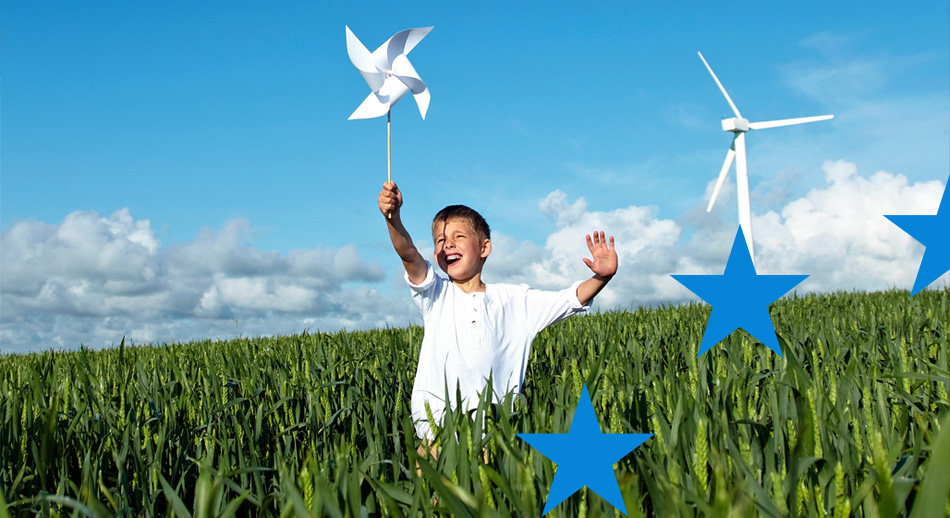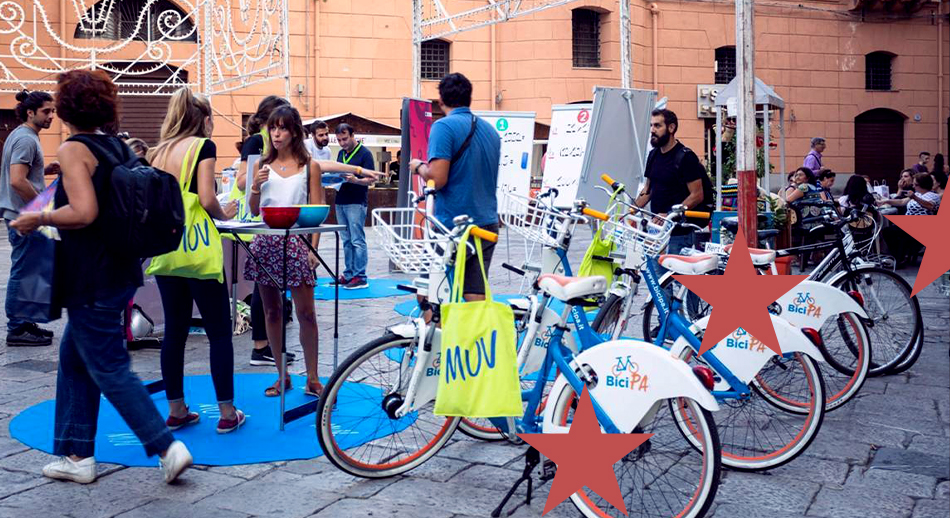Full details of the new LIFE environment and climate program are available. We will have notices and many presentation events soon. Let’s find out together.
LIFE: “The” program by definition, in the environmental sector
Those working in the environmental sector cannot be unfamiliar with LIFE, the European flagship program in this area since 1992. Over many years, it has funded thousands of projects: now alone, more than a thousand are in execution. Starting with the last programming cycle, all projects can be accessed through a handy interactive map.
LIFE is the cornerstone of the first of the European Commission’s strategic priorities, the European Green Deal, which aims to make Europe the first climate-neutral continent by decoupling economic growth from the use of natural resources. For this reason, it enjoys a60 percent higher financial allocation than in the previous programming period and is increasingly associated with identical efforts pursued under other programs, such as Horizon Europe(the last major call in 2020 was dedicated to the Green Deal), the ERDF and other Structural Funds, the Recovery and Resilience Facility (of which 37 percent will be dedicated to green issues), the Mechanism for a Just Transition (introduced starting this year), and other specific initiatives such as the “New European Bauhaus.”
The new LIFE program will be managed by a newly established agency, CINEA (Climate, Infrastructure and Environment Executive Agency), which will also follow other programs (or their components) related to the environment, climate and infrastructure: the Mechanism for a Just Transition, Horizon Europe, the Connecting Europe Facility and the EMFF (European Maritime, Fisheries and Aquaculture Fund).
CINEA’s website is already up and running and full of details about the LIFE program and all its areas of focus.
The LIFE 2021-2027 program: all the new features
The official LIFE program regulation for 2021-2027 is already available, which organizes the more than €5.4 billion available as follows:
- 3.5 billion for theenvironmentcomponent, of which.
- 2.15 billion for“Nature and Biodiversity“
- 1.35 billion for“circular economy and quality of life“
- 1.9 billion for the Climate Action component, of which:
- 0.9 billion for “Climate change mitigation and adaptation”
Funding covers a very wide range of activities:
- information, communication and awareness
- studies, surveys, modeling and scenario development
- Preparation, implementation, monitoring, control and evaluation of legislation, policies and programs
- workshops, lectures and meetings
- platforms and networks of contacts and best practices
- other activities and awards
In addition to “standard” projects, LIFE provides some special forms of intervention:
- strategic nature conservation projects, co-funded and framed in specific state-level action programs in the area of nature protection and biodiversity;
- integrated strategic projects, aimed at promoting participation a wide range of stakeholders and coordination/co-financing among different sources;
- technical assistance projects, aimed at capacity building for project implementation and large-scale application of their results;
- blended financing operations, aimed at combining non-repayable grants with non-repayable financing, in collaboration with financial institutions and investors.
The basic principles forawarding LIFE projects include:
- The significant contribution to the program objectives and the impact at the EU level;
- Technical consistency and effectiveness in the use of resources;
- The synergy with other actions and programs and the level of stakeholder involvement;
- the replicability and usability of the project and its potential “catalytic effect” on investment and financial resources;
- attention to geographic areas with specific environmental needs or vulnerabilities and contribution to habitat and species conservation.
First work program and LIFE calls coming soon.
The LIFE program has two multi-year work programs, the first of four years (2021-2024) and the second of three years (2025-2027). The work programs contain:
- financial allocationsfor the various program components, the different types of funding, maximum grant amounts, and expected co-financing rates;
- indicative timetables for calls for proposals, methodology for submission and awarding of projects. Calls for proposals are published in conjunction with multi-year work programs.
The first LIFE work program and calls will be published soon (late spring/early summer) and will be available on this page or on the corresponding page of the Funding & tender opportunities portal. The first deadlines are expected in the fall.
LIFE Info Days and other important events
These days, many important events allow us to learn more about the various aspects of the LIFE program and what’s new in the environmental and climate change sector:
- Green Week(June 1-4, 2021), Europe’s largest event of the year in the environmental sector, has just concluded. All materials and videos from the event, which also includes presentations of related projects, best practices and initiatives, are available online;
- LIFE Program Info Days are planned soon(June 22-25, 2021), organized into an introductory day (June 22), a day dedicated to the different components (Nature and Biodiversity, Circular Economy and Quality of Life, and Climate Change Mitigation and Adaptation, June 23), a day dedicated to the transition to clean energy (June 24), and a day dedicated to grants for NGOs active in the development and implementation of EU legislation and policies in the field (June 25). A detailed agenda and registration link will be available soon;
- Info Days of the Horizon Europe program are scheduled to follow(June 28-July 9, 2021). CINEA will coordinate Cluster 5 “Climate, Energy and Mobility” from July 5-6, which will focus on the dual green and digital transition to achieve climate neutrality in Europe by 2050. The event will include 6 main themes, as well as general and operational aspects regarding the program, question and answer sessions, and horizontal issues regarding funding opportunities. All sessions will be recorded and available online;
- Finally, European Sustainable Energy Week, the other major annual Europe-wide event in the environmental sector, is scheduled for this fall(Oct. 25-29, 2021). The theme will be “Redesigning the EU Energy System,” the three-day main event will be accompanied by parallel initiatives across Europe, award ceremonies and networking opportunities, and will be fully accessible in digital format.
A priority sector and a sea of opportunities
Environment and climate is arguably the No. 1 priority of the European Union , and funding and partnership opportunities abound under the LIFE program and beyond.
Great news for all our readers active in this area: this is information and opportunities not to be missed, and now is a good time to read up on it.
We hope that this brief review will enable all stakeholders to seize these opportunities and express their potential for environmental advocacy and combating climate change.




